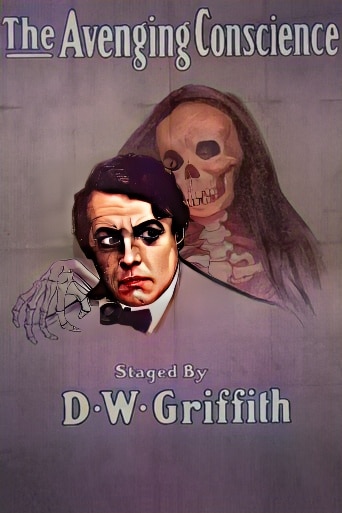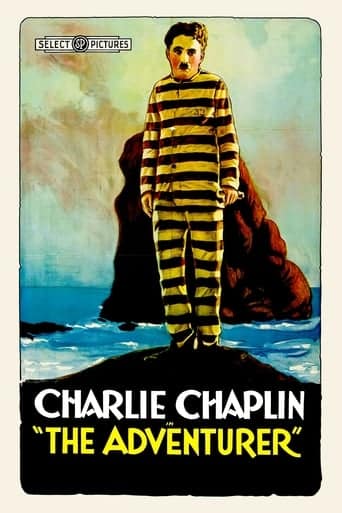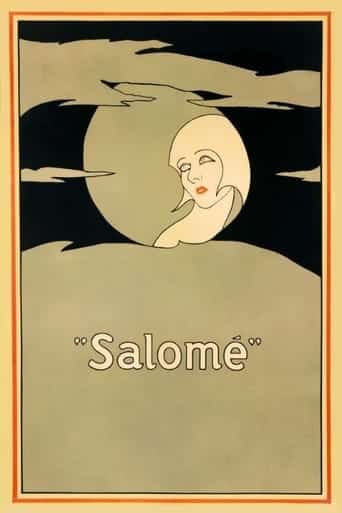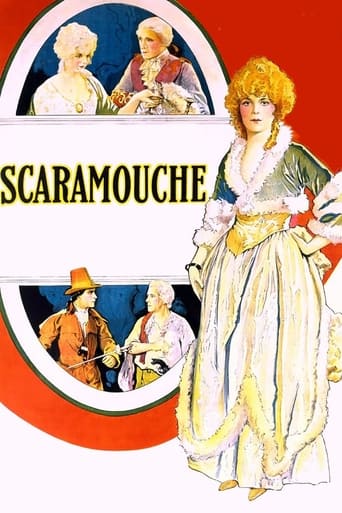The Avenging Conscience (1914)

 “The Avenging Conscience” (1914), directed by D.W. Griffith and starring Henry B. Walthall, Spottiswoode Aitken, Blanche Sweet, and George Siegmann, is a silent film that weaves together elements of psychological drama, crime, and morality.
“The Avenging Conscience” (1914), directed by D.W. Griffith and starring Henry B. Walthall, Spottiswoode Aitken, Blanche Sweet, and George Siegmann, is a silent film that weaves together elements of psychological drama, crime, and morality.
This classic movie explores the dark recesses of the human mind and the consequences of thwarted love, taking the audience on a gripping journey through the complexities of guilt, revenge, and redemption.
The film centers around a young man, played by Henry B. Walthall, who is prevented from pursuing a romantic relationship with his sweetheart by his controlling uncle, portrayed by Spottiswoode Aitken. The thwarted love becomes a catalyst for a descent into darker emotions, leading the protagonist to contemplate murder as a form of retribution against the obstacles in his path.
At its core, “The Avenging Conscience” delves into the psychological toll of societal constraints and personal frustrations. The narrative explores the impact of repressive forces on an individual’s psyche, pushing the protagonist to the brink of desperation. D.W. Griffith’s direction skillfully brings these psychological elements to the forefront, utilizing visual storytelling techniques to convey the inner turmoil of the characters.
Henry B. Walthall delivers a compelling performance as the tormented young man, capturing the nuances of his emotional journey. The film’s exploration of the character’s internal struggles adds depth to the narrative, allowing the audience to empathize with his predicament while simultaneously grappling with the moral implications of his contemplated actions.
Spottiswoode Aitken, in the role of the controlling uncle, embodies the societal pressures and authority figures that stifle individual freedom. His portrayal adds an antagonistic element to the story, setting the stage for the conflict between societal expectations and personal desires.
Blanche Sweet, a frequent collaborator with Griffith, plays a pivotal role as the sweetheart caught in the midst of the unfolding drama. Her presence adds a layer of emotional complexity to the narrative, as the consequences of the protagonist’s actions reverberate through their relationship.
George Siegmann, another seasoned actor of the silent era, contributes to the film’s intensity in his role, further heightening the dramatic tension as the story progresses.
One of the notable aspects of “The Avenging Conscience” is its innovative use of visual storytelling techniques. Griffith employs dream sequences, symbolic imagery, and innovative editing to convey the psychological states of the characters. These cinematic techniques were groundbreaking for the time, contributing to the film’s status as a pioneering work in silent cinema.
The film’s exploration of morality and conscience is evident in its title. The avenging conscience becomes a driving force in the narrative, guiding the actions of the protagonist as he grapples with the perceived injustices he faces. The film poses ethical questions about the boundaries between right and wrong, justice and revenge, and the enduring conflict between societal norms and individual desires.
As the protagonist contemplates murder, the film takes on a dark and suspenseful tone. Griffith’s mastery of pacing and tension-building is on display, creating a palpable sense of foreboding as the narrative hurtles toward its climax. The suspense is further heightened by the intricate interplay of visuals and music, a characteristic feature of silent films.
“The Avenging Conscience” also addresses the theme of redemption and the possibility of moral transformation. The film suggests that even in the darkest moments, there is room for self-reflection and the pursuit of a higher moral ground. The resolution of the narrative invites contemplation on the power of conscience in guiding individuals away from destructive paths.
In the context of its time, “The Avenging Conscience” stands as a cinematic achievement that pushed the boundaries of storytelling in silent film. Griffith’s exploration of psychological themes and his innovative use of cinematic techniques laid the groundwork for future filmmakers to delve into the complexities of the human psyche.
In conclusion, “The Avenging Conscience” (1914) remains a classic silent film that transcends its era. D.W. Griffith’s direction, coupled with strong performances from the cast, creates a cinematic experience that delves into the psychological depths of its characters. The film’s exploration of morality, revenge, and redemption contributes to its enduring legacy as a pioneering work in silent cinema. As audiences continue to appreciate the artistry of early filmmaking, “The Avenging Conscience” stands as a testament to the timeless power of storytelling and the enduring impact of D.W. Griffith’s contributions to the cinematic landscape.
Release Date: July 16th, 1914
Main Cast Members
Henry B. Walthall (The Nephew)
Spottiswoode Aitken (The Uncle)
Blanche Sweet (The Sweetheart)
George Siegmann (The Italian)
Ralph Lewis (The Detective)
Mae Marsh (The Maid)
Robert Harron (The Grocery Boy)




